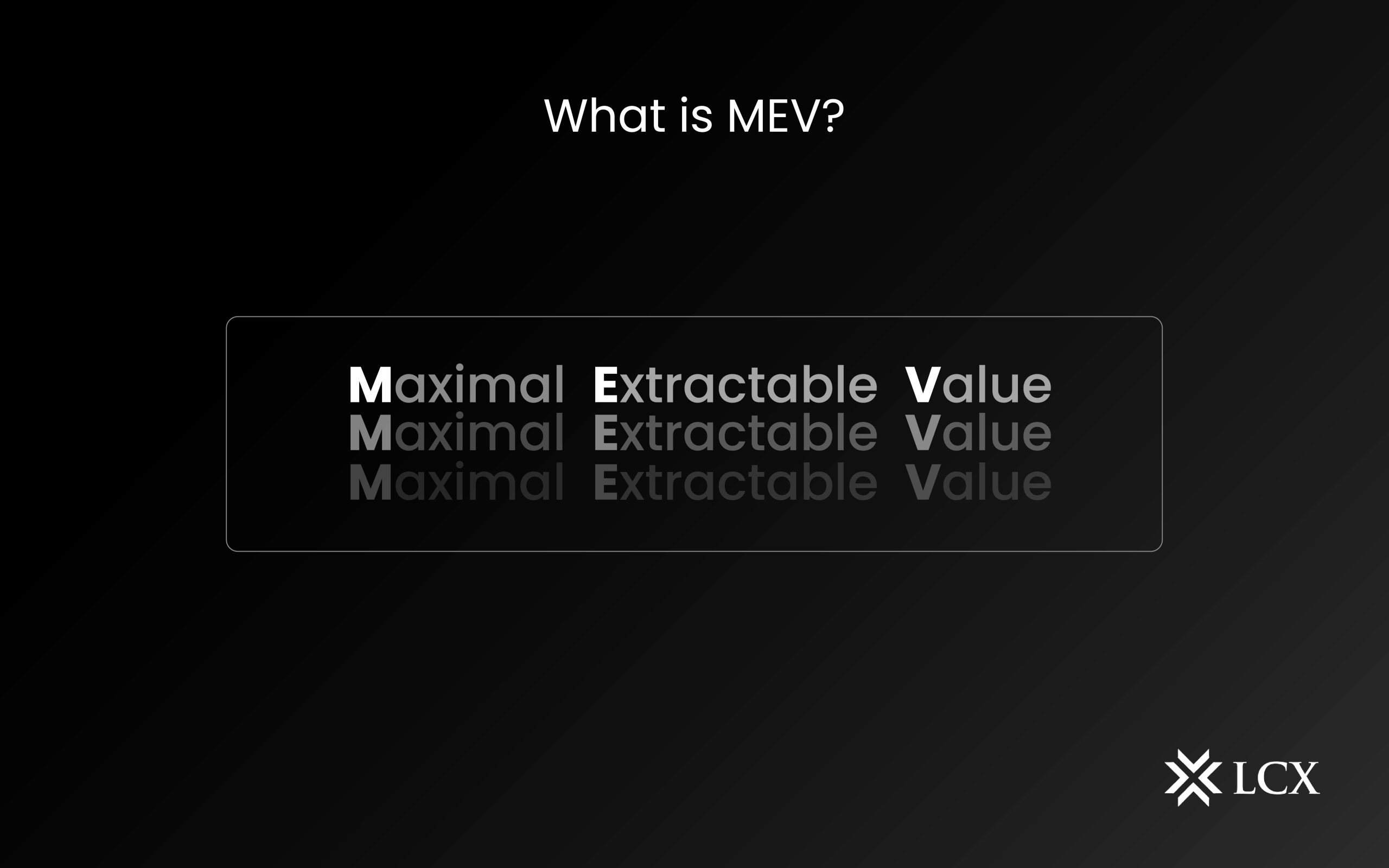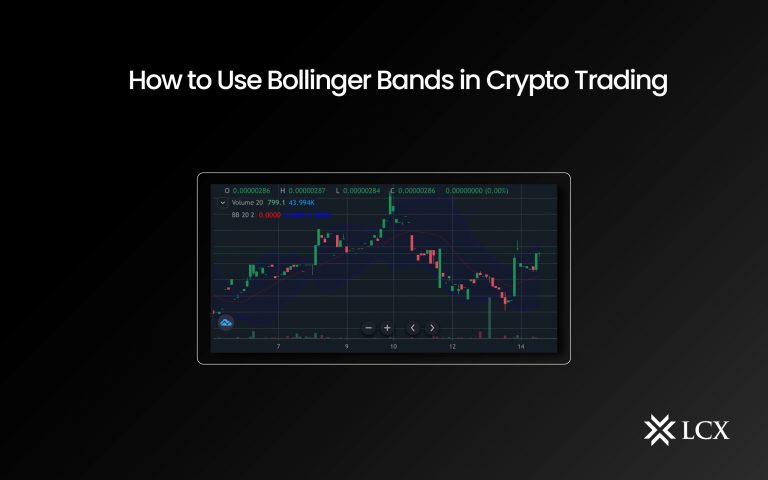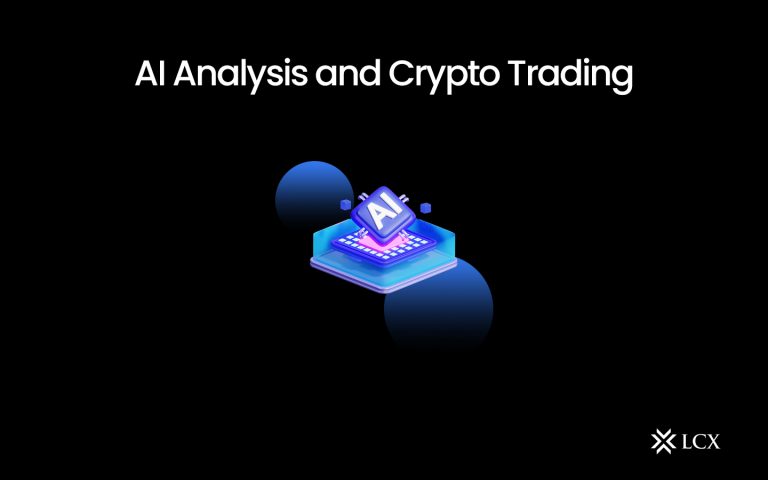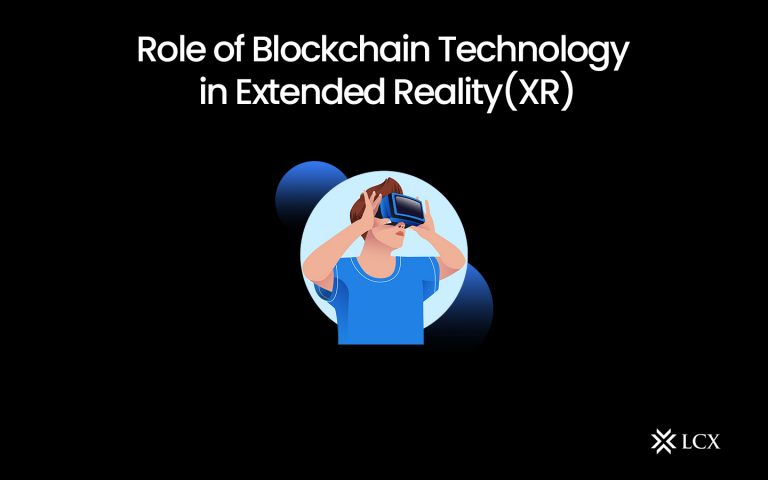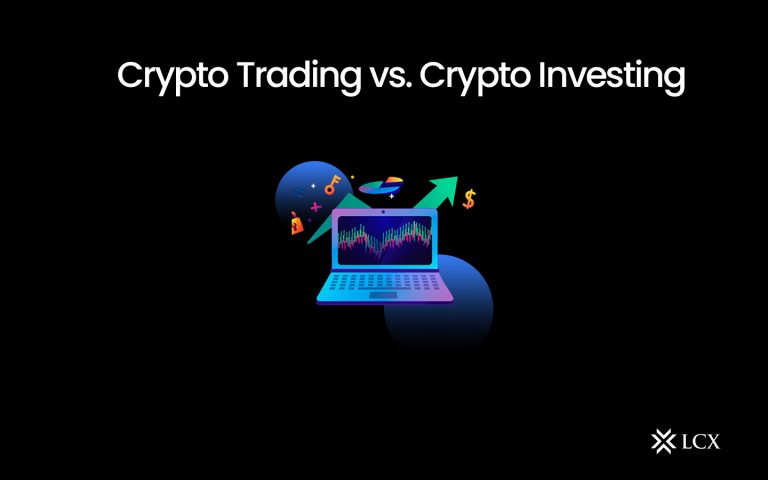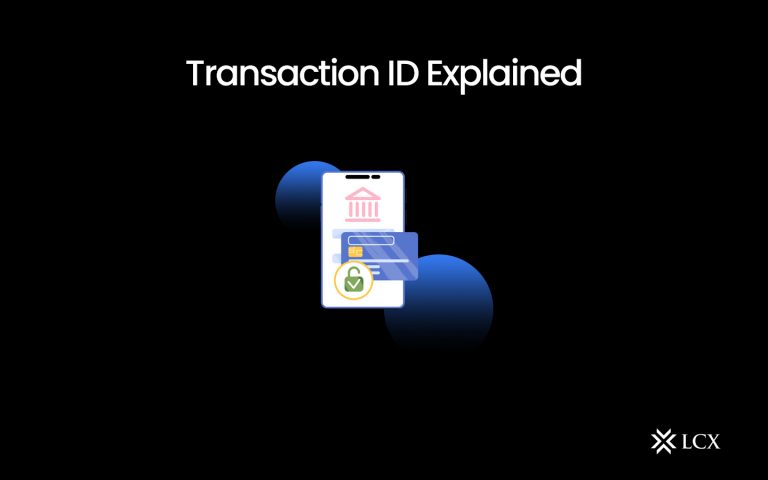The key driver behind cryptocurrency is blockchain technology, which allows transactions to occur among parties without the use of an intermediary. Cryptocurrency transactions could indeed take anywhere between a few minutes to several hours to process, relying on the blockchain and the consensus method used.
Pending transactions are held in the network’s publicly visible waiting area called the “mempool” both in PoS (proof-of-stake) and PoW (proof-of-work) consensus mechanisms until a miner or validator selects, orders, and creates a block out of the information. That block is then validated by network nodes before being added to the official chain.
However, while a pending transaction is sitting in a mempool, validators and miners have discovered ways to profit from it by including, excluding, or reordering transactions in a block. MEV, or maximum (formerly miner) extractable value, is the strategy used here.
MEV is a recent concept, and research and development organizations such as Flashbots are continuing to work to mitigate the risks affiliated with it. According to the Ethereum Foundation, a few methods of MEV extraction are fraudulent and cause a negative user experience, whereas others can help fix network inefficiencies.
While MEV is most typically associated with Ethereum because it is the second-largest blockchain, it is important to note that it is not a problem unique to Ethereum. MEV strategies are less profitable on Bitcoin, the largest blockchain, due to a lack of smart contracts, which are a primary opportunity for MEV extraction on Ethereum and similar blockchains.
What Is MEV?
It stands for Maximal Extractable Value. MEV is sometimes referred to as an “invisible tax” that miners can collect from users; essentially, it is the max value a miner can extract from moving transactions once trying to produce a block on a blockchain network.
An algorithmic trader using the alias Pmcgoohan predicted the activity in 2014, warning that miners could discreetly reorganize transactions in a mempool for personal benefit.
How Does Extracting MEV Work?
MEV can be extracted in a variety of ways from block generation on a network such as Ethereum. MEV first appeared in the context of proof-of-work, in which miners regulate the order and participation of transactions in a block. As a result, the original abbreviation meant “miner extractable value.”
The Ethereum blockchain will soon transition to proof-of-stake (dubbed “The Merge”), and value extraction techniques will continue after that, giving rise to the more inclusive term “maximal extractable value” that is now commonly used.
According to the Ethereum Foundation, validators or network miners should receive the full MEV amount because they are the only group who can guarantee a successful MEV extraction. It does, however, mention that a significant proportion of the MEV is obtained by “searchers,” who use complicated algorithms to identify profitable MEV prospects and then use bots to automate the entire process.
“Miners/validators receive a portion of the full MEV amount anyway,” the foundations explain, “because search teams are willing to pay substantial gas fees (which are paid to the validator/miner) in exchange for a greater likelihood of incorporation of their profitable transactions in a block.”
Some Techniques Used To Extract MEV
- Dex arbitrage: Token prices on decentralized exchanges will frequently differ because of differing demand. When there is a significant price difference between exchanges, MEV bots would then buy lower-priced tokens and sell them at a higher value on another exchange. As a result, token price levels across exchanges become much more aligned, increasing the efficiency of the decentralized finance (DeFi) market.
This method is competitive, but it can be profitable. In August 2020, a trader profited $40,000 from a temporary difference in the prices of stablecoins on several different decentralized exchanges.
- Liquidation: Users must transfer some cryptocurrency as collateral when using DeFi lending protocols. When a user is unable to repay his loans, the protocol generally allows anybody to liquidate the assets and charge the borrower a liquidation fee.
MEV searchers will compete to see which borrowers can be liquidated so that they can collect the liquidation fee.
- Front running: Some searchers will scan the mempool for financially viable transactions using bots known as “generalized front-runners.” Once a profitable chance is identified, the bot will replicate a user’s transfer of funds with a higher gas price in order for miners to prefer that transaction over others.
Some organizations are attempting to use this operation for good. Flashbots operates a service that enables Ethereum consumers and miners to interact with their preferred order of transactions within a block. According to the Ethereum Foundation, this is meant to be a “fair ecosystem for efficient MEV extraction” and has lowered the effectiveness of generalized front-runners.
- Sandwich attack: The term refers to a type of malicious front-running that is commonly used to deceive cryptocurrency prices. It happens when a seeker recognizes a large awaiting trade on a decentralized exchange (DEX) and places a trade immediately before and immediately after it to capitalize on an artificial price change.
The sandwich attack will finally impact the amount of cryptocurrency received by the user who initiated the transaction, while the attacker will profit from the price difference.
Conclusion
Using MEV extraction methods such as front-running and sandwich attacks can be harmful, resulting in network congestion as well as high gas prices for other users. However, methods such as DEX arbitrage can result in users receiving the most competitive prices across exchanges.
There are efforts to mitigate the impact of malicious MEV, such as Flashbots, and certain protocols look for the lowest price for a trade across all aggregators and exchanges.
